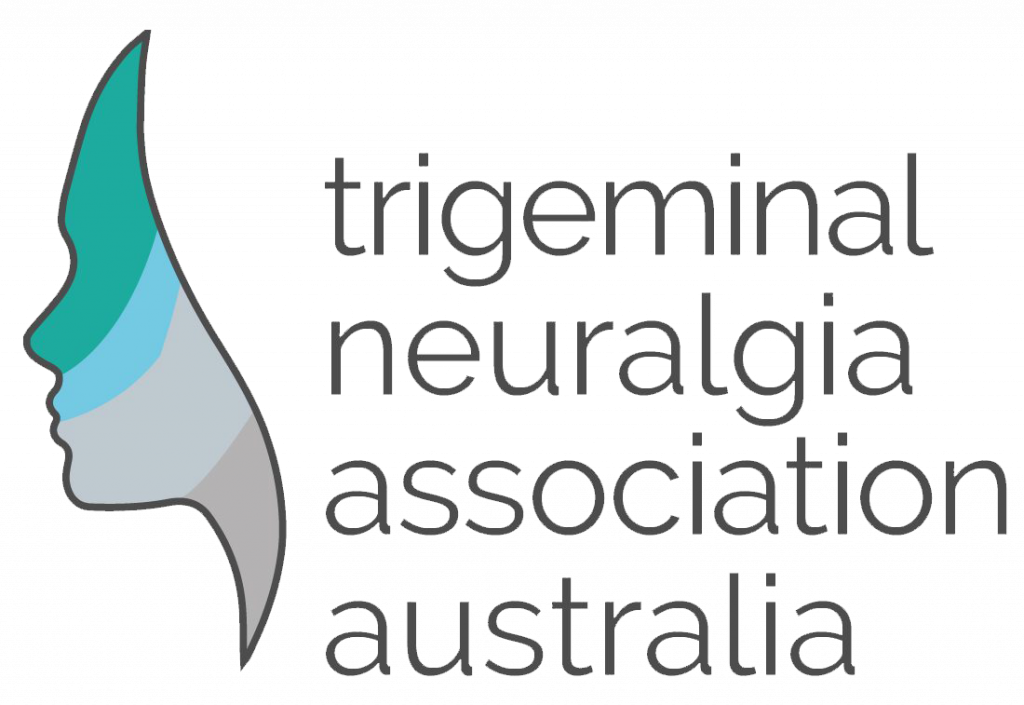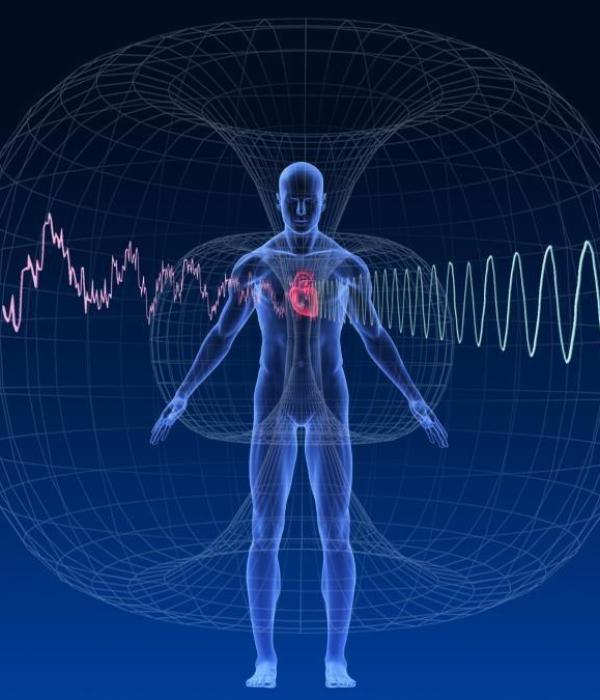Novel magnet treatment for trigeminal neuralgia used at Lifestyle Therapies
This article creates awareness of how magnet treatment for trigeminal neuralgia may help in pain management. Please consult your medical team for advice. Magnetic therapy for trigeminal neuralgia. Article published…





